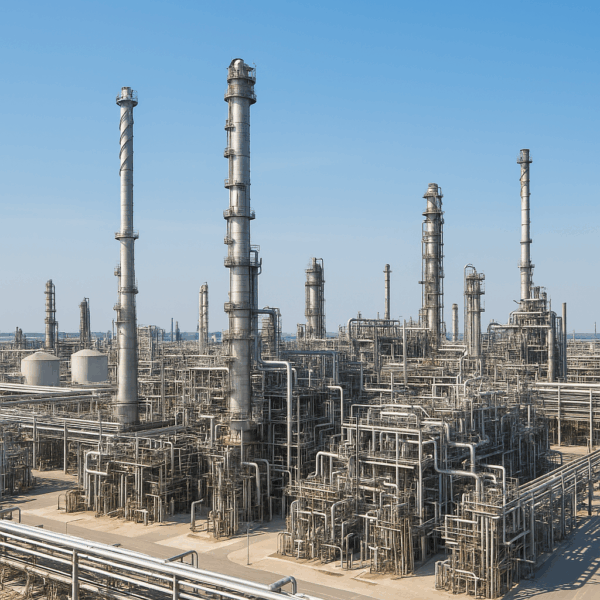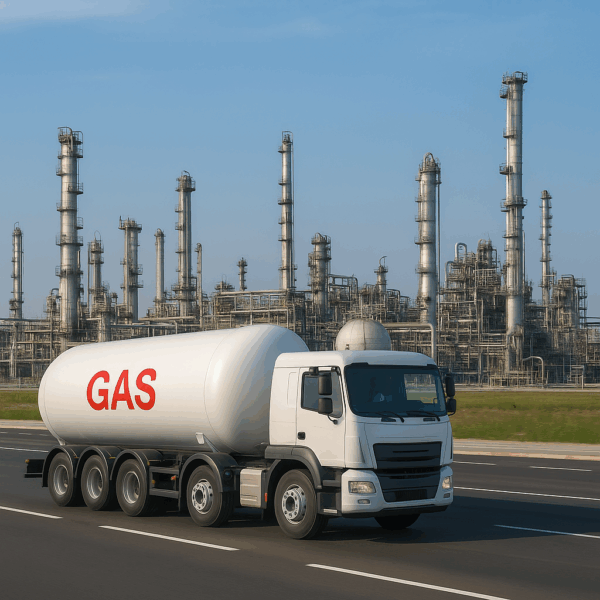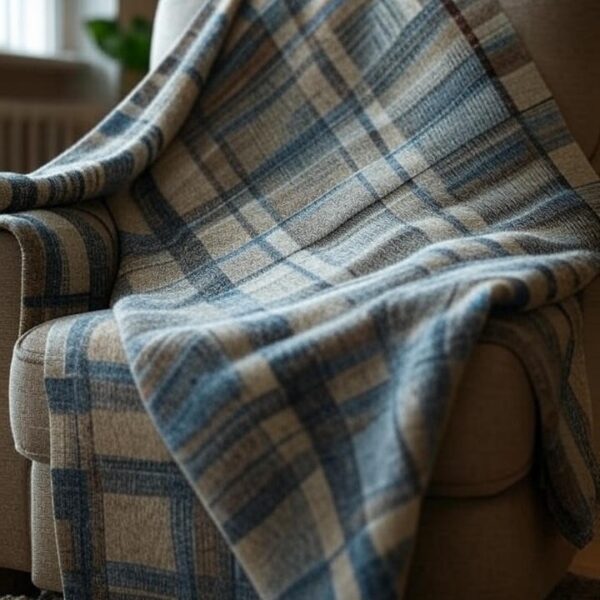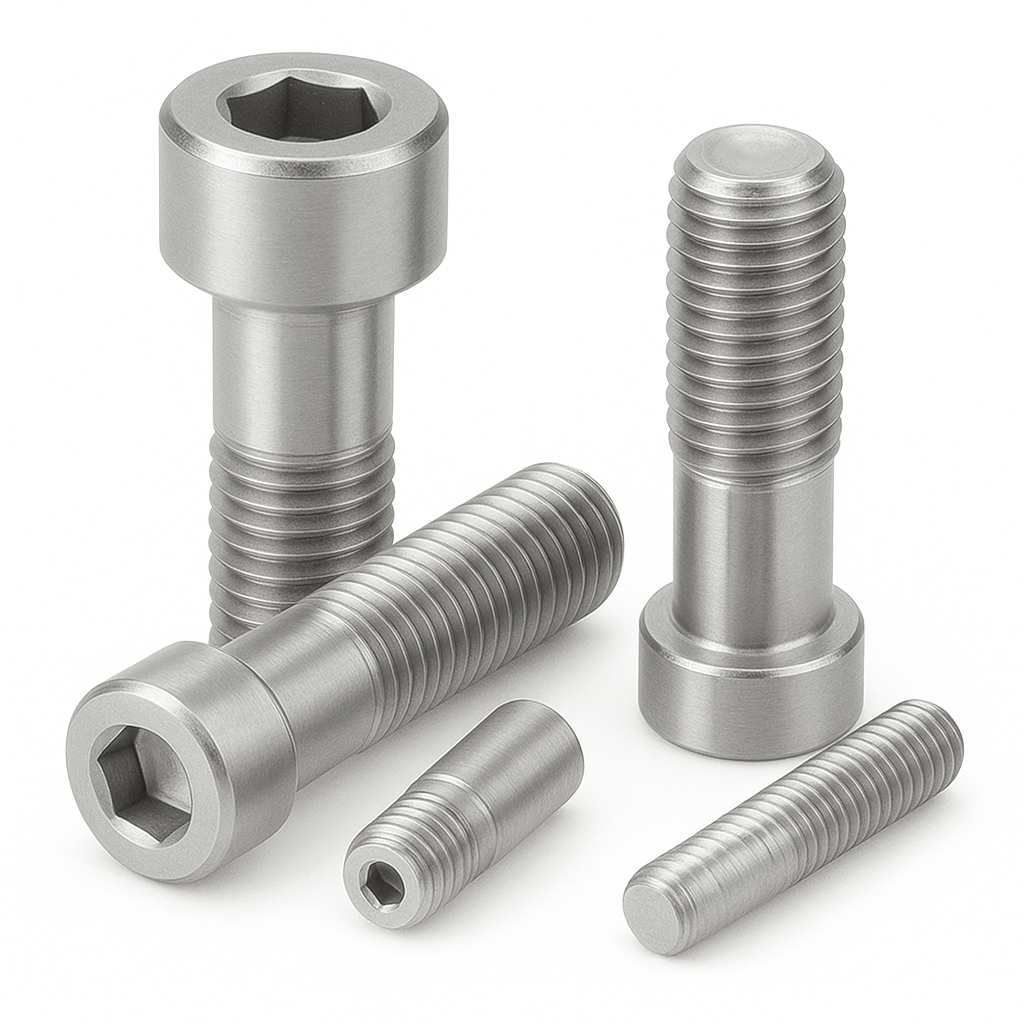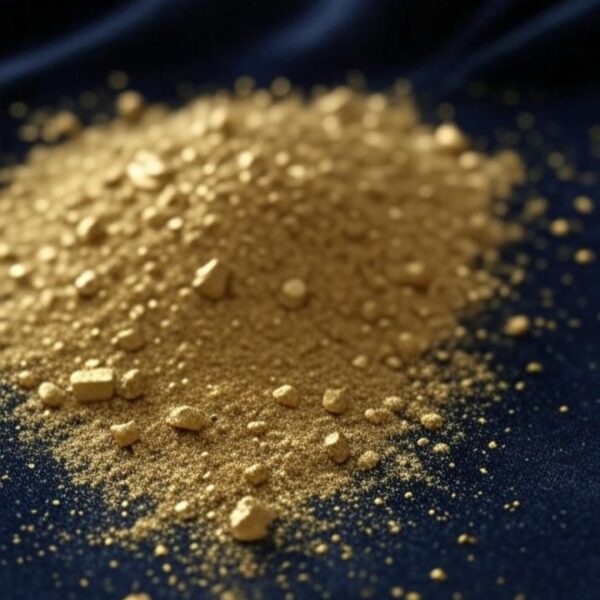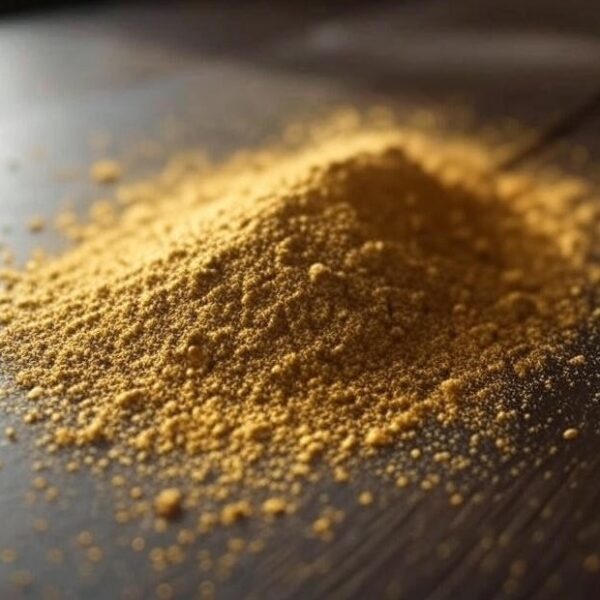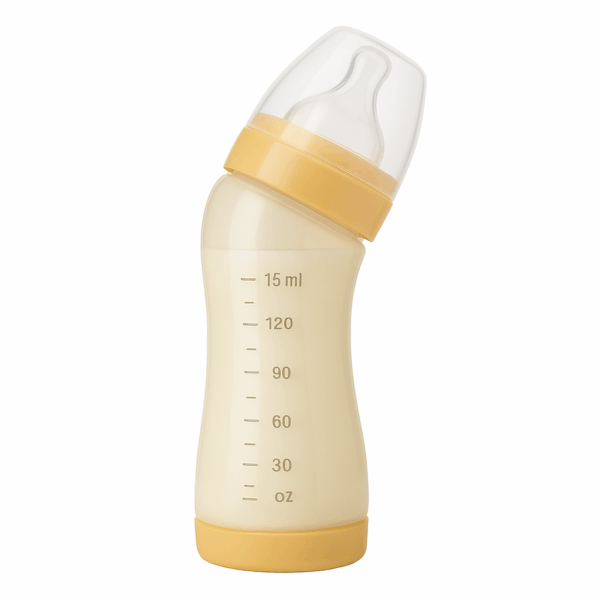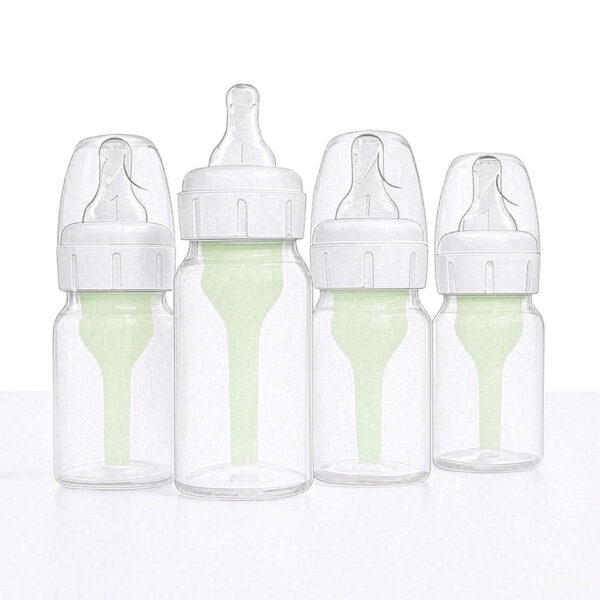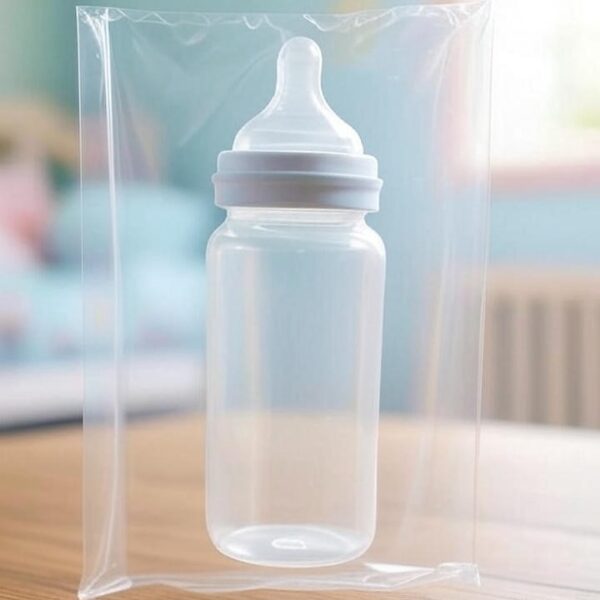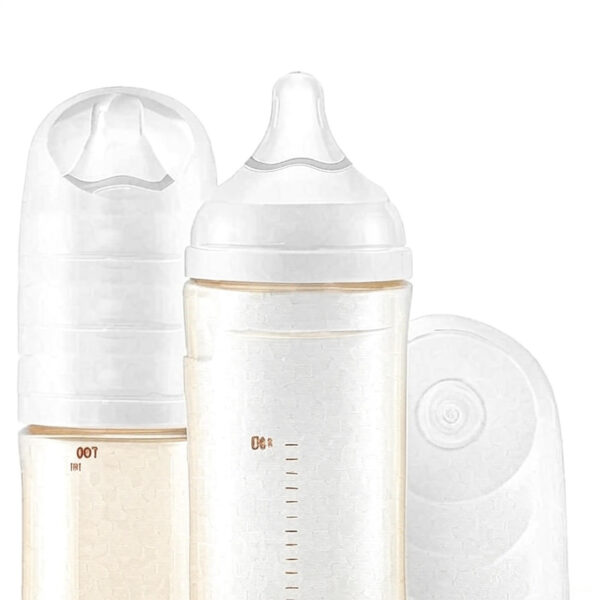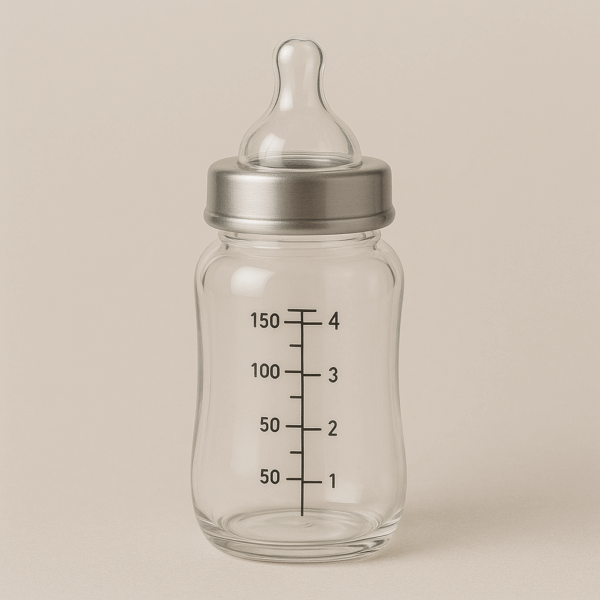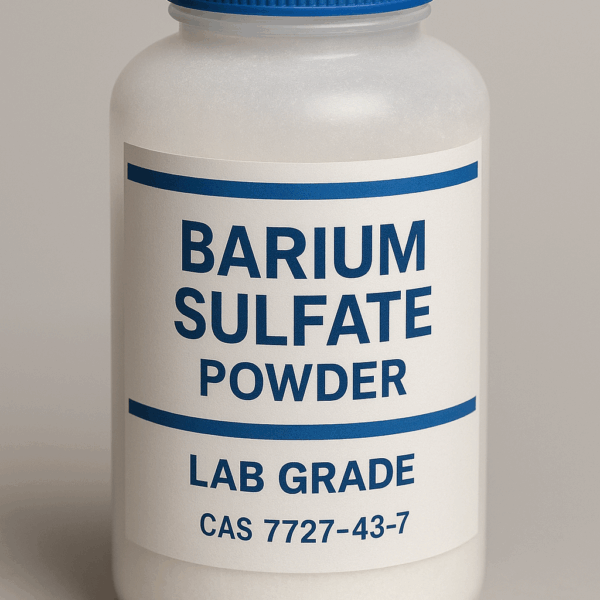B
1-Butene
This gas is colorless, but do has distinct odor, and is highly flammable. Although not naturally present in petroleum in high percentages, it can be produced from petrochemicals or by catalytic cracking of petroleum. Although it is a stable compound, the carbon-carbon double bonds make it more reactive than similar alkanes, which are more inert compounds in various ways.
Because of the double bonds, 1-butene can act as monomers in the formation of polymers, as well as having other uses as petrochemical intermediates. It is used in the production of synthetic rubber. But-1-ene is a linear or normal alpha-olefin and isobutylene is a branched alpha-olefin. In a rather low percentage, but-1-ene is used as one of the comonomers, along with other alpha-olefins, in the production of high density polyethylene and linear low density polyethylene.
2-Methylpropene
Isobutylene can be liquefied by lowering the temperature or raising the pressure on it, in a manner similar to pressurized butane. This gas is colorless, but do has distinct odor, and is highly flammable. Although not naturally present in petroleum in high percentages, it can be produced from petrochemicals or by catalytic cracking of petroleum. Although it is a stable compound, the carbon-carbon double bonds make it more reactive than similar alkanes, which are more inert compounds in various ways.
Isobutylene is used in the production of a variety of products. It is alkylated with butane to produce isooctane or dimerized to diisobutylene (DIB) and then hydrogenated to make isooctane, a fuel additive.
Acrylic Blanket
Characteristics of Acrylic Blankets
- Softness: Acrylic fibers are soft to the touch, which makes these blankets comfortable for everyday use.
- Warmth: While acrylic is lightweight, it is an excellent insulator, akin to wool, which helps keep users warm without being overly heavy.
- Moisture Resistance: Acrylic is hydrophobic, meaning it repels water, making these blankets quick to dry and resistant to mold and mildew.
- Hypoallergenic: Acrylic does not promote the growth of allergens like mold and mildew, making it suitable for allergy sufferers.
- Flame Resistant: Acrylic fibers are often treated to be flame retardant, which can provide an extra level of safety in household textiles.
- Chemical Treatment: Some concerns exist regarding the chemicals used in producing acrylic fibers, such as acrylonitrile, which can be toxic. However, finished products typically undergo rigorous processing to remove any harmful residues.
- Durability: Acrylic is resistant to moths, oils, chemicals, and deterioration from sunlight exposure.
- Easy Care: Acrylic blankets are machine washable and retain their color and shape after washing, making them low maintenance.
- Cost-Effective: They are generally less expensive than natural fiber blankets such as wool or cotton.
Allen Bolt (Socket Head Cap Screw)
They are twisted using a hexagon-shaped key, also known as Allen wrenches, hex-key wrenches, or hex keys. In circumstances where there is not enough clearance to utilize a fastener with an exterior hexagon head, socket head cap screws are frequently used. These bolts are commonly used in applications requiring high strength, precision, and a clean, flush finish. Allen bolts can withstand high torque, making them suitable for demanding applications. The cylindrical head with the recessed socket allows for a flush or near-flush surface, which is aesthetically pleasing and helps prevent snagging. They don’t require much clearance for installation, making them ideal for tight spaces.
Alpha Brass
The proportions of zinc and copper within brass can be varied, creating a range of brass with varying properties. For instance, small additions can be made of other metals, including lead, tin, aluminum, and arsenic, to improve properties such as machinability, strength, and corrosion resistance. these alloys are known for being easily formed and retaining high strength after forming.
Alpha brass has about 55 to 65% copper and 35 to 45% zinc. It has the structure of a face-centered cubic crystal. It offers ductility, cold workability, and good resistance against corrosion.
Alpha-Beta Brass
The proportions of zinc and copper within brass can be varied, creating a range of brass with varying properties. For instance, small additions can be made of other metals, including lead, tin, aluminum, and arsenic, to improve properties such as machinability, strength, and corrosion resistance. these alloys are known for being easily formed and retaining high strength after forming.
Alpha-beta brass is composed of about 40% of zinc and 60% of copper. It has a structure with alpha as well as beta phases. This type of brass can work well with hot as well as cold processes, and is strong and ductile.
Baby Bottle – Angled
The angled bottle provide a higher level of satisfaction compared with the straight bottle. Less gastric discomfort will occur with the angled bottle versus the straight bottle
an angled bottle is preferable to a straight bottle because it encourages more physiologic positioning of the infant, improves the comfort level of the feeder, improves ergonomic feeding performance, and decreases the need for burping.
The angle of the bottle encourages the baby to be held in a slightly more upright position during feeding, similar to breastfeeding.
- Reduced air intake:
The angled design helps keep the nipple consistently full of milk, preventing air from being sucked in and potentially reducing gas and discomfort.
- Potential benefits:
Some parents and manufacturers suggest that angled bottles may help reduce reflux, earaches, and fussiness.
Baby Bottle – Anti Colic
Colic is a condition where babies cry excessively for extended periods, often without a clear reason. It’s commonly linked to digestive issues like gas and trapped air in the stomach.
Anti-colic baby bottles are typically available in a range of sizes to accommodate babies from newborns to toddlers. Common sizes include 120ml (4 oz), 180ml (6 oz), 250ml (8.5 oz), 260ml (9 oz), and 330ml (11 oz). The appropriate size depends on the baby’s age and feeding volume.
Anti-colic bottles Vent System allows air to enter the bottle as the baby drinks, preventing a vacuum from forming. This prevents the baby from swallowing air along with the milk.
Anti-Colic Valves: Integrated into the teat, these valves allow air to enter the bottle while preventing milk from leaking out.
Specialized Teats: anti-colic bottles feature teats with a ribbed texture or a specific shape that helps reduce the chance of air entering the teat or makes it easier for the baby to latch on securely, minimizing air intake.
Baby Bottle – Disposable
Disposable Baby Bottles supplied sterile and ready to use, ensuring a hygienic feeding experience, offer a convenient option for travel, hospitals, and situations where reusable bottle cleaning is difficult.
Available in various sizes and often compatible with standard breast pumps and teats,
- Reduced risk of contamination: Eliminates the risk of bacteria build-up from inadequate cleaning.
- Convenience: No need to clean or sterilize the bottle after each use.
- Ideal for travel: Great for trips where access to cleaning facilities is limited.
disposable baby bottle range is made from FDA food-grade clarified polypropylene AND are 100% free from Bisphenol-A (BPA), Bisphenol-S (BPS), DEHP, and phthalates that can be safely recycled, incinerated, or disposed .
Baby Bottle – Wide Neck
A wide neck baby bottle is a feeding bottle with a wider opening than a standard or narrow-neck bottle. This design is intended to mimic a mother’s breast, promoting a more natural latch and potentially making it easier for breastfed babies to transition to bottle-feeding. The wider opening also makes the bottle easier to clean.
- Mimics Breastfeeding:
Wide neck bottles are designed to offer a wide, sloped nipple that closely resembles the shape of a mother’s breast. This can be particularly helpful for babies who are used to breastfeeding and may find it easier to latch onto a wider nipple.
Baby Bottle Normal Type
The straight design makes it easy to fill and clean. These bottles are a common choice for feeding infants and come in standard sizes like 4 oz (120ml) and 8 oz (240ml). standard bottles are a reliable and versatile option and They often come in 4 oz and 8 oz sizes, with smaller bottles being more suitable for newborns and larger ones for older babies.
Standard bottles typically use narrow-necked nipples. The straight design of standard bottles makes them easy to fill and clean.
Based on material of the bottle some options are available such as plastic bottles , glass bottles , silicone bottles .
Barium Sulfate
Natural barium sulfate is widely distributed in nature and occurs as the mineral “barite” (also known as barytes or heavy spar). It often associated with other metallic ores, such as fluorspar. Barites containing over 94% BaSO4 can be processed economically. It also contains silica, ferric oxide and fluoride impurities.
About 80% of the world’s barium sulfate production, mostly purified mineral, is consumed as a component of oil well drilling fluid. It increases the density of the fluid, increasing the hydrostatic pressure in the well and reducing the chance of a blowout. synthetic barium sulfate is used as a component of white pigment for paints, paper coatings, linoleum, textiles, rubber.
It is also used in various manufacturing applications and mixed into heavy concrete to serve as a radiation shield. This drug is used as a contrast agent in diagnostic x-ray procedures.

